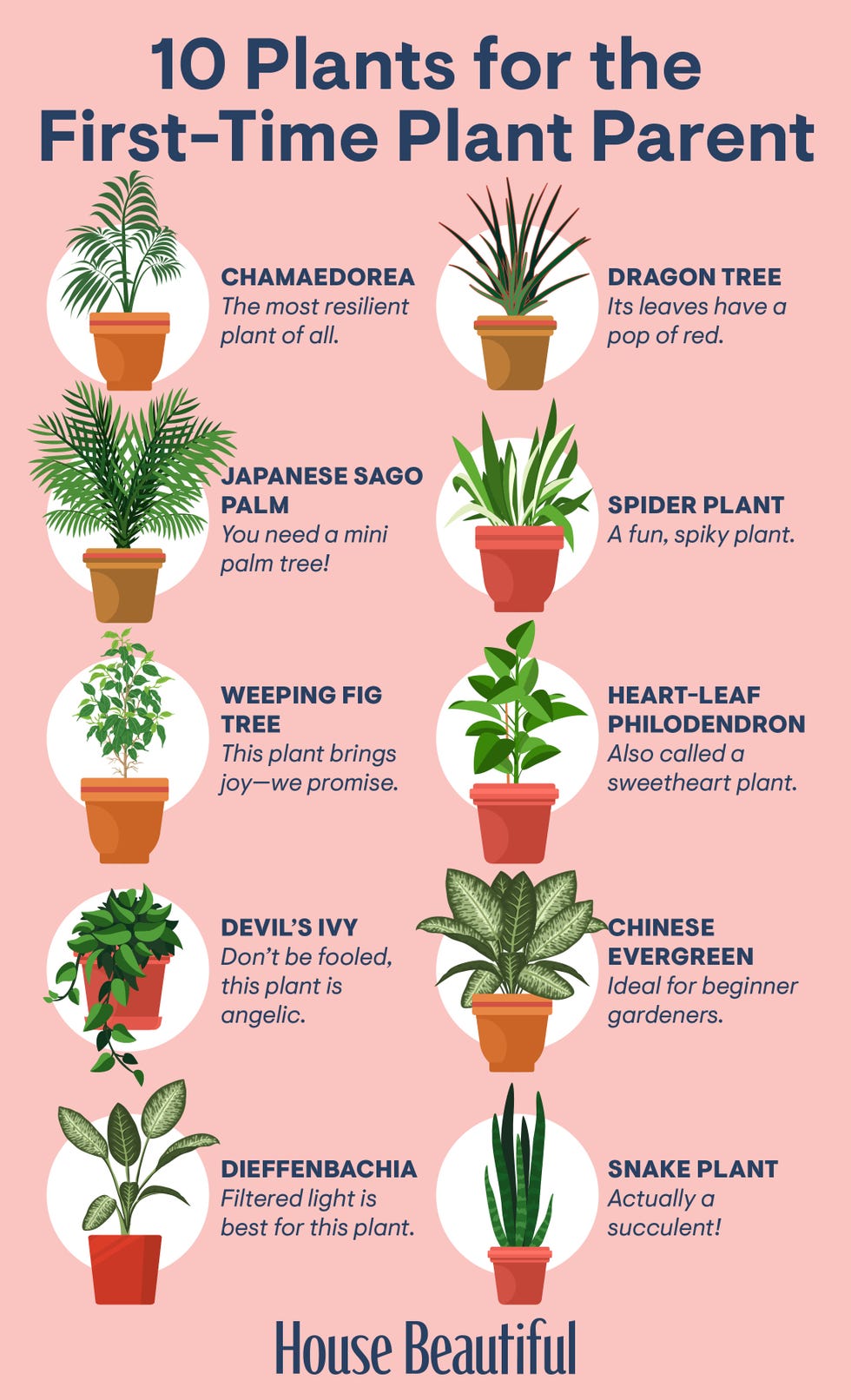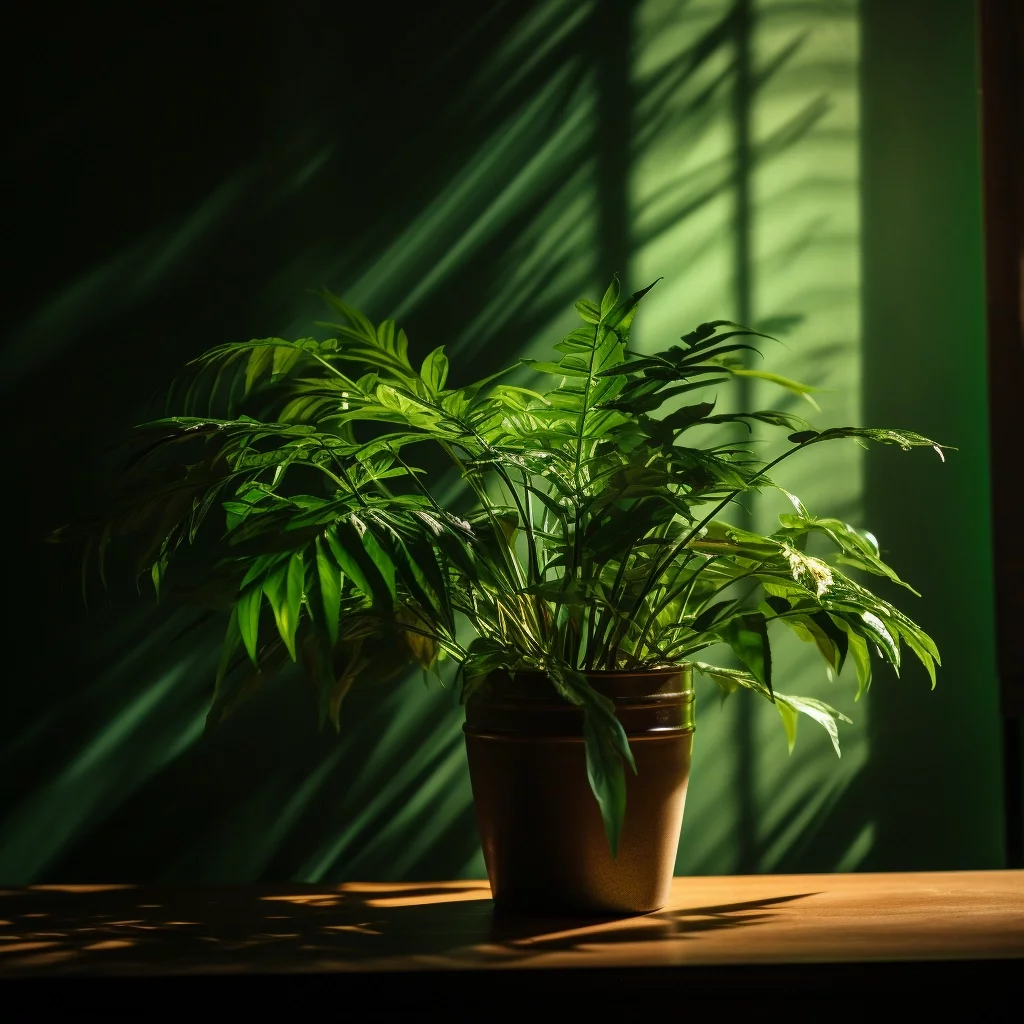Transform Your Home With Beautiful Low-Light Indoor Plants and Their Benefits
Incorporating low-light interior plants into your home can dramatically enhance both the visual and ecological quality of your space. These plants, which grow in dark problems, offer not just as ornamental elements yet likewise as natural air cleansers, making them suitable for metropolitan dwellers or those with limited sunshine exposure. As we discover the different kinds of low-light plants and their advantages, you might locate unexpected means to integrate them into your home that can transform your surroundings in means you could not have actually anticipated.
Advantages of Low-Light Plants
Low-light plants use many advantages for interior environments, making them an excellent selection for both novice and knowledgeable garden enthusiasts. Among the key benefits is their flexibility to low-light conditions, allowing individuals to improve their space without the demand for substantial sunlight direct exposure. This particular makes them ideal for apartment or condos, offices, and various other areas with limited natural light.

Additionally, including low-light plants into home decoration can raise the visual charm of a room. Their lavish foliage and differed textures develop a calming atmosphere, contributing to overall well-being. Lastly, the visibility of plant has actually been connected to lowered stress and anxiety degrees and boosted productivity, making low-light plants a functional choice for boosting both mental and physical health in indoor settings.
Top Low-Light Indoor Plants
While several interior plants thrive in bright light, a number of species are particularly fit for low-light conditions, making them suitable for various indoor areas. One popular selection is the Snake Plant (Sansevieria), known for its striking upright fallen leaves and resilience, needing marginal treatment. One more outstanding option is the Pothos (Epipremnum aureum), which includes heart-shaped leaves and can track wonderfully from shelves or wall mounts, growing in reduced light and including a lush touch.
The ZZ Plant (Zamioculcas zamiifolia) is celebrated for its glossy leaves and capability to withstand overlook, making it ideal for hectic lifestyles. In a similar way, the Tranquility Lily (Spathiphyllum) not just tolerates low light yet additionally generates magnificent white blooms, improving any type of space's visual.
For an unique touch, take into consideration the Cast Iron Plant (Aspidistra elatior), which certainly measures up to its name, flourishing in the darkest corners of your home. Lastly, the Chinese Evergreen (Aglaonema) supplies a selection of fallen leave patterns and colors while being extremely flexible in low-light problems. These plants not just enhance interior settings yet also add to air purification, improving your space.
Treatment Tips for Low-Light Plants

Watering practices are vital; these plants usually like somewhat dry conditions. Overwatering can cause root rot, so guarantee that the top inch of soil is completely dry prior to sprinkling once again. Usage pots with drain openings to permit excess moisture to leave.
Moisture is an additional vital element. Many low-light plants, such as brushes and peace lilies, gain from greater moisture degrees. To enhance moisture, consider misting the leaves or putting a tray of water near the plants.
Fertilizing must be come close to with care. Throughout the growing period, make use of a watered down, balanced fluid plant food monthly to support growth, yet stay clear of feeding during the dormant cold weather.

Innovative Ways to Present Plants
Indoor plants can offer as captivating focal factors in any type of area, boosting both aesthetic allure and setting. Imaginative displays can boost the visual effect of low-light plants, making them an essential part of your home style. One efficient approach is to use tiered plant stands, which allow you to display numerous plants at differing elevations while making the most of flooring room.
Hanging planters are an additional ingenious choice, producing a feeling of depth and attracting the eye up. Take into consideration macramé hangers or wall-mounted racks to introduce a special appearance and style.
For an extra structured strategy, use geometric terrariums or glass containers to house your plants, including a contemporary touch to your indoor yard. You can also repurpose classic items, such as teacups or wood crates, for a diverse display screen that shows your personality.
Enhancing Home Setting With Plants
Integrating low-light plants right into your home not just boosts visual appeal yet additionally adds dramatically to the total atmosphere. These plants work as all-natural decoration aspects, presenting a sense of peace that can change any type of area. The visibility of plant fosters a relaxing useful source ambience, which is particularly helpful in high-stress environments such as home offices or living spaces.
Low-light plants, such as snake plants, pothos, and ZZ plants, are not only aesthetically pleasing but also boost interior air quality by filtering system pollutants. This dual feature boosts the atmosphere even more, see here developing a much healthier living room (Best low-light indoor plants). The strategic placement of these plants can additionally affect the perception of space; for circumstances, high plants can attract the eye upwards, making ceilings show up greater and spaces more roomy
Additionally, varying structures and shades of vegetation add deepness to interior decoration, allowing for innovative expression in home styling. Whether put on racks, in corners, or as focal points, low-light plants can raise the mood of any type of area. In summary, integrating these plants into your home is an efficient method to foster a cozy, welcoming ambience while reaping the benefits of improved air quality and visual versatility.
Verdict
Incorporating low-light indoor plants into home environments supplies numerous advantages, consisting of improved visual allure and improved air top quality. These resistant plants, such as the Snake Plant and Tranquility Lily, call for marginal light and maintenance, making them ideal for diverse way of lives.
While several interior plants prosper in brilliant light, several species are specifically fit for low-light conditions, making them ideal for different indoor spaces. One reliable method is to utilize tiered plant stands, which permit you to showcase numerous plants at differing heights while optimizing flooring area.
Low-light plants, such as serpent plants, pothos, and ZZ plants, are not only cosmetically pleasing but also enhance indoor air high quality by filtering system contaminants. Best low-light indoor plants. The critical placement of these plants can additionally influence the perception of room; for instance, high plants can draw the eye upward, making ceilings appear greater and rooms more roomy
These resilient plants, such as the Snake Plant and Peace Lily, call for marginal light and maintenance, making them ideal for varied way of lives.
Comments on “A Guide to the Best Low-Light Indoor Plants for Small Spaces”